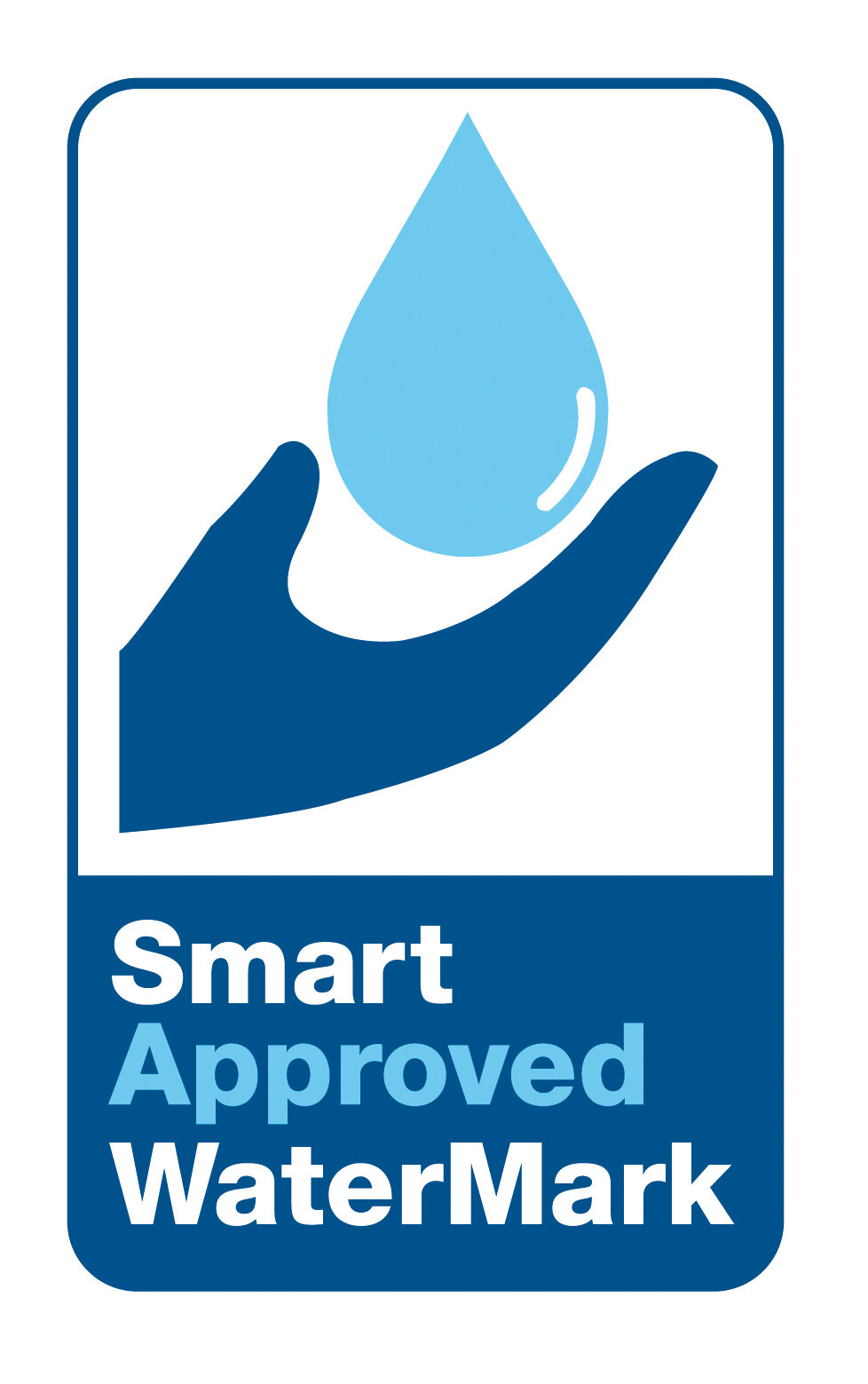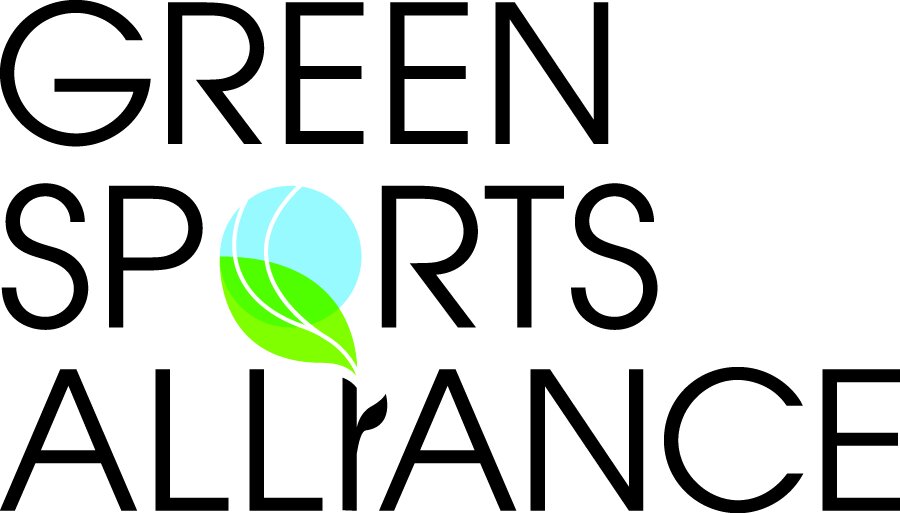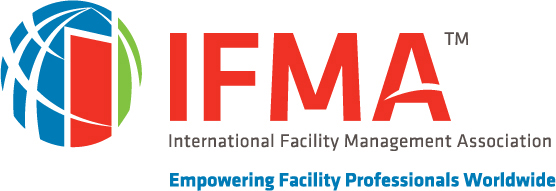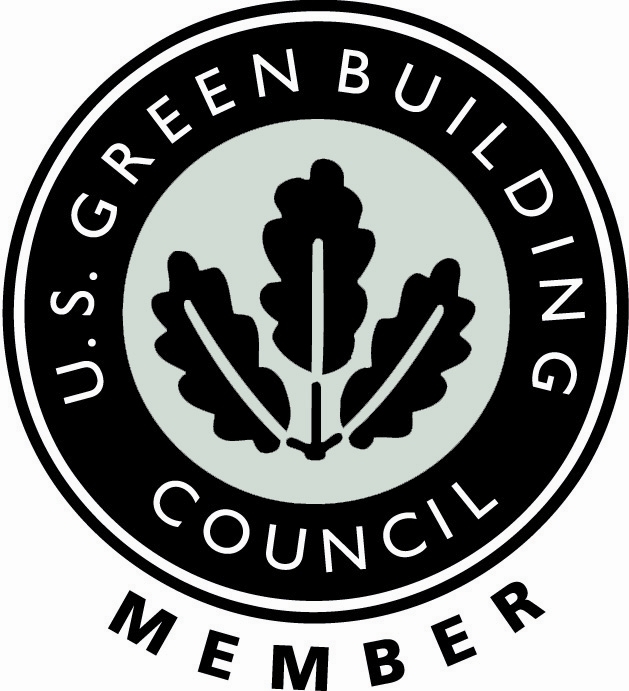As buildings slowly open around the country, building owners and facility managers are discovering several problems with traditional – water-using - urinals. Invariably, these problems are significant enough that a plumber must be called in to fix them.
Lack of use during the pandemic is the root cause of many of these issues – but not always. Others are more common problems that frequently occur with traditional urinals.
So, what are some of these common problems? Let’s take a look.
Clogged Drain Walls
Water in a traditional urinal is released from small holes located at the top of the urinal. These holes can become clogged by calcium build-up. They can also become clogged due to other minerals in the water. This is especially true in regions of the country where the water is hard. What typically happens when these holes clog is the flow is reduced. In most cases, a plumber must be called in to clear the holes. If ignored, the situation can worsen, little if any water will be released, and bacteria can build up in the urinal, potentially causing odors.
Unpleasant Odors
If there is a drain blockage - indicated by the urinal draining more slowly than usual - this could cause water to pour onto the restroom floor and allow odors to be released. This is especially true of older urinals and older plumbing. While solutions can be poured down the drain to help eliminate the blockage, a plumber usually must come in with a router to address the issue.
Water Leaks
Water leaks from urinals can be serious. Typically, the leaking water ends up on the floor. The tile and grout floors in most public restrooms can become very slippery when this happens. These floors have smooth surfaces with little or no traction to help prevent falls. The leaks typically come from pipes connected to the flush mechanism at the top of the urinal or base, where water is drained away. We should mention one more problem: when water leaks, water bills rise. Even one small leak can result in dozens of gallons of water wasted every month.
Low Water Pressure
Guess what happens when water leaks come from several urinals and other water-using devices and fixtures? These leaks may result in not having enough water available to flush waste in urinals and toilets. It’s just one more reason leaks should always be fixed as soon as possible. Leaks can lower water pressure for the entire building.
Changes in Water Color
Sometimes, when flushing a urinal, the water looks discolored. Often this discoloration is caused by rust. The pipes leading to the urinal can become corroded over time, and this causes the water to have a dark or unusual color. The rust can stain the urinal and cause unusual odors. These rust stains can usually be removed, but it takes time and special cleaning solutions and tools to do the job. Typically, what needs to be done is replace the rusty pipes delivering water to the urinal, which can be a costly procedure.
So, why are we discussing all these issues?
First, and again due to the pandemic, more buildings are experiencing urinal-related problems. But there is another reason. Virtually every issue discussed here does not occur when no water or waterless urinals are installed. No pipes are needed to deliver water to waterless urinals, so rust stains are not an issue. There are no changes in water color because no water is used with waterless urinals. No odors and no clogs.
And one more thing. With these problems eliminated and waterless urinals installed, no longer a need to keep the plumber on speed dial - a significant cost savings.




















